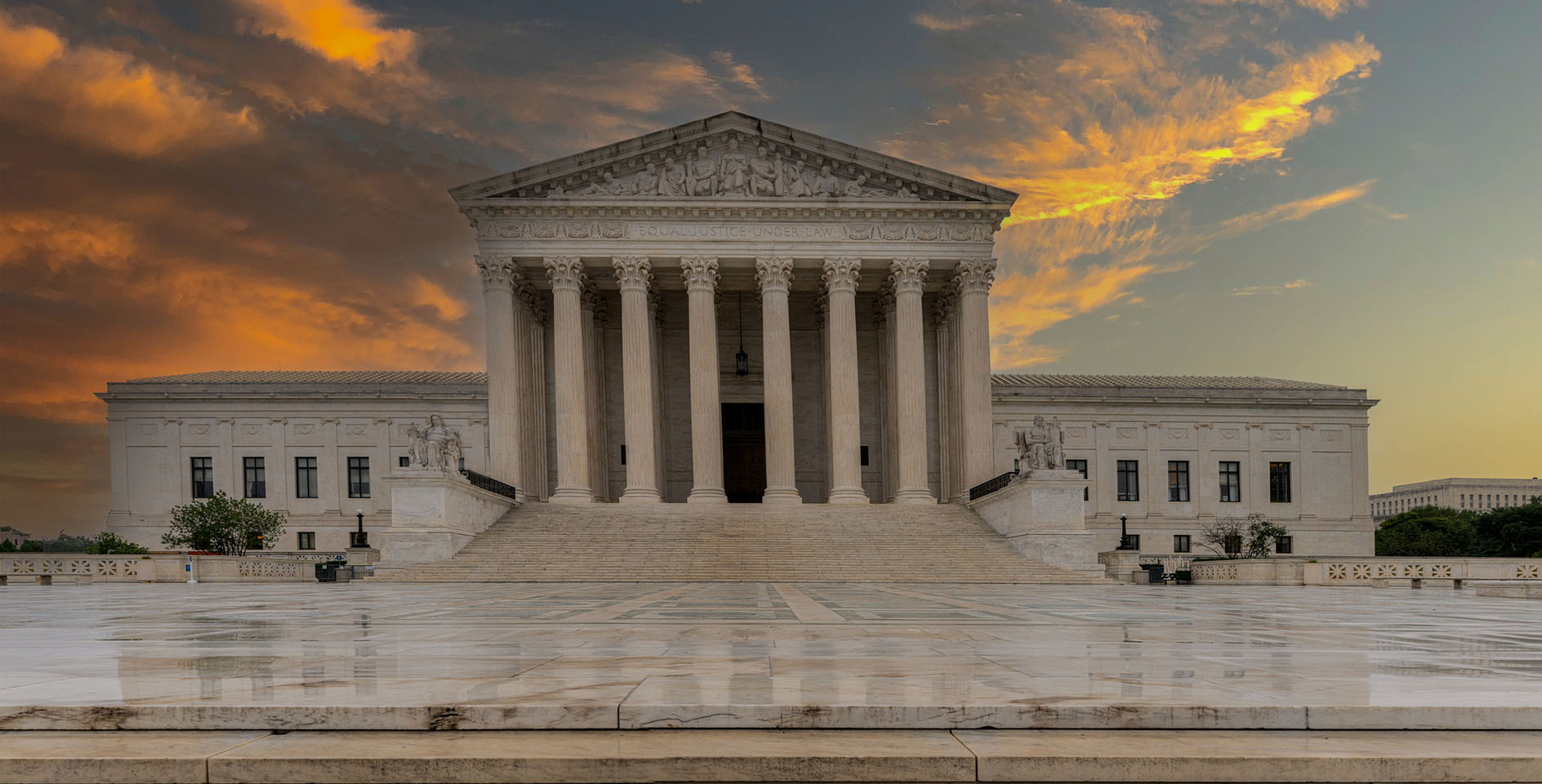What is the Syrian refugee crisis?
For the past five years, Syria has been in a civil war that has forced 11 million people — half the country’s pre-crisis population — to flee their homes. About 7.6 million Syrians have been internally displaced within the country and four million have fled Syria for other countries. The result is one of the largest forced migrations since World War Two.
Are all the refugees fleeing Islamic State (ISIS)?
Not necessarily. The crisis is mostly caused by the civil war in Syria. In 2011, during the Middle Eastern protest movement known as the Arab Spring, protesters in Syria demanded the end of Ba’ath Party rule and the resignation of President Bashar al-Assad, whose family has held the presidency in the country since 1971. In April 2011, the Syrian Army was sent to quell the protest and soldiers opened fire on demonstrators. After months of military sieges, the protests evolved into an armed rebellion and has spread across the country.
Although the conflict was originally between factions for and against President Assad, the civil war has broadened into a battle between the country’s Sunni majority against the president’s Shia Alawite sect. The conflict has drawn in neighboring countries and world powers and lead to the rise of jihadist groups, including Islamic State. (See this explainer for more on the Syrian civil war.)
What makes a person a “refugee”?
U.S. and international law define a refugee as a person who has left his country of nationality or residence and who is unable to return due to a well-founded fear of persecution on account of race, religion, nationality, membership in a particular social group, or political opinion.
In order for a person to be granted asylum or “refugee status,” a person must be able to prove that a well-founded fear of persecution is the reason he left his home country.
The U.S. government defines refugee as any person who is outside any country of such person’s nationality or, in the case of a person having no nationality, is outside any country in which such person last habitually resided, and who is unable or unwilling to return to, and is unable or unwilling to avail himself or herself of the protection of, that country because of persecution or a well-founded fear of persecution on account of race, religion, nationality, membership in a particular social group, or political opinion.
What is the U.S. doing about the refugee crisis?
Since the start of the conflict, the U.S. has admitted approximately 2,100 refugees from Syria. At a press briefing on September 10, 2015, White House Press Secretary Josh Earnest told reporters that the Obama administration is making plans to accept 10,000 Syrian refugees in the next budget year, fiscal year 2016. (There is currently a cap which limits the number of refugee visas the U.S. can issue of 70,000 refugee visas a year that U.S. officials can issue for all countries.)
What is the screening process for refugees?
Every refugee goes through an intensive vetting process, notes Time magazine, but the precautions are increased for Syrians. According to Time:
Multiple law enforcement, intelligence and security agencies perform “the most rigorous screening of any traveler to the U.S.,” says a senior administration official. Among the agencies involved are the State Department, the FBI’s Terrorist Screening Center, the Department of Defense and the Department of Homeland Security. A DHS officer conducts in-person interviews with every applicant. Biometric information such as fingerprints are collected and matched against criminal databases. Biographical information such as past visa applications are scrutinized to ensure the applicant’s story coheres.
How many of the refugees admitted to the U.S. are Christian? Are Muslim?
According to an analysis by CNS News, of 2,184 Syrian refugees admitted into the U.S. since the Syrian civil war erupted in 2011, only 53 (2.4 percent) have been Christians while 2098 (or 96 percent) are Muslims. The remaining 33 include one Yazidi, eight Jehovah Witnesses, two Baha’i, six Zoroastrians, six of “other religion,” seven of “no religion,” and three atheists.
Why do some lawmakers want to suspend the Syrian refugee program?
Last November, Congressional Republicans, including House Speaker Paul Ryan, said there were grave reasons to fear that terrorists would be permitted to enter the country posing as refugees, according to the New York Times.
At the time, the House passed a bill that would block Syrian and Iraqi refugees from entering the country unless they pass strict background checks. The measure passed with the support of 47 Democrats and almost all House Republicans. When the bill went to the Senate in January it was blocked by the Democrats. Senators voted 55-43 to advance the bill, falling five votes short of the 60 needed. (President Obama had also vowed to veto the legislation if it passed.)
Who is in charge of the resettling refugees into the U.S.?
The Office of Refugee Resettlement (ORR) is the federal government agency charged with providing benefits and services to assist the resettlement and local integration of refugee populations. The ORR often works closely with non-governmental organizations, such as World Relief, in the relocation of refugees. Some of the ORR programs include Refugee Cash Assistance and Refugee Medical Assistance (for up to 8 months); Refugee Social Services, such as job and language training (for up to five years); and temporary custody and care to unaccompanied refugee children.
The 27 states whose governors have said they will not accept Syrian refugees are: Alabama, Arizona, Arkansas, Florida, Georgia, Idaho, Illinois, Indiana, Iowa, Kansas, Louisiana, Maine, Massachusetts, Michigan, Mississippi, Nebraska, Nevada, New Hampshire, New Jersey, New Mexico, North Carolina, Ohio, Oklahoma, South Carolina, Tennessee, Texas, and Wisconsin.
Can governors refuse to accept refugees in their state?
Not exactly. According to the Refugee Act of 1980, resettlement efforts coordinated by the federal government “should be conducted in close cooperation and advance consultation with State and local governments” and “meet with representatives of State and local governments to plan and coordinate in advance of their arrival the appropriate placement of refugees among the various States and localities.”
Additionally, the law says, “With respect to the location of placement of refugees within a State, the Federal agency administering subsection (b)(1) shall, consistent with such policies and strategies and to the maximum extent possible, take into account recommendations of the State.”
So while the state and local governments can refuse to cooperate with the federal government, they can’t expressly forbid refugees from being allowed into their states.
Image Source: Wikimedia Commons










